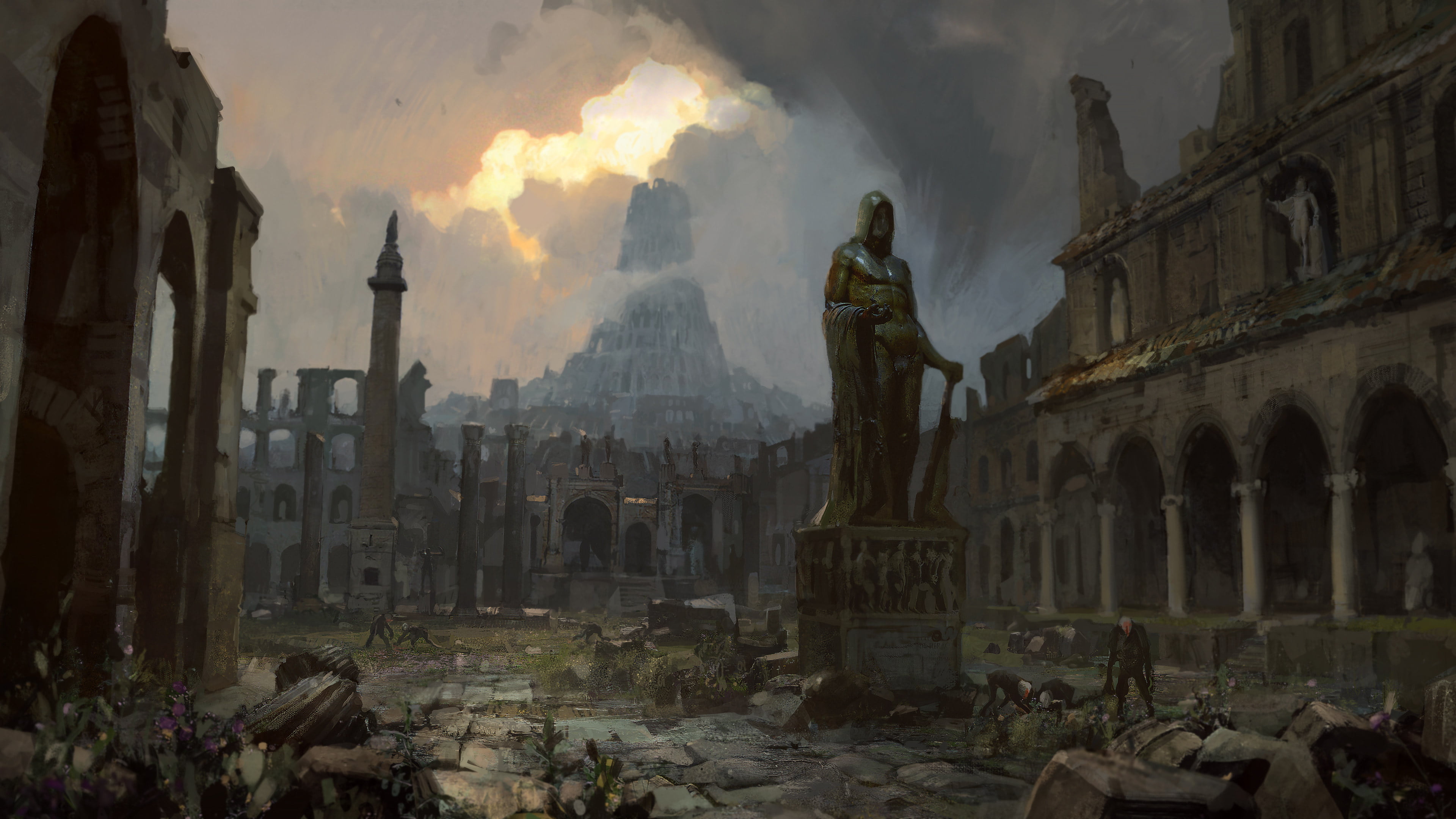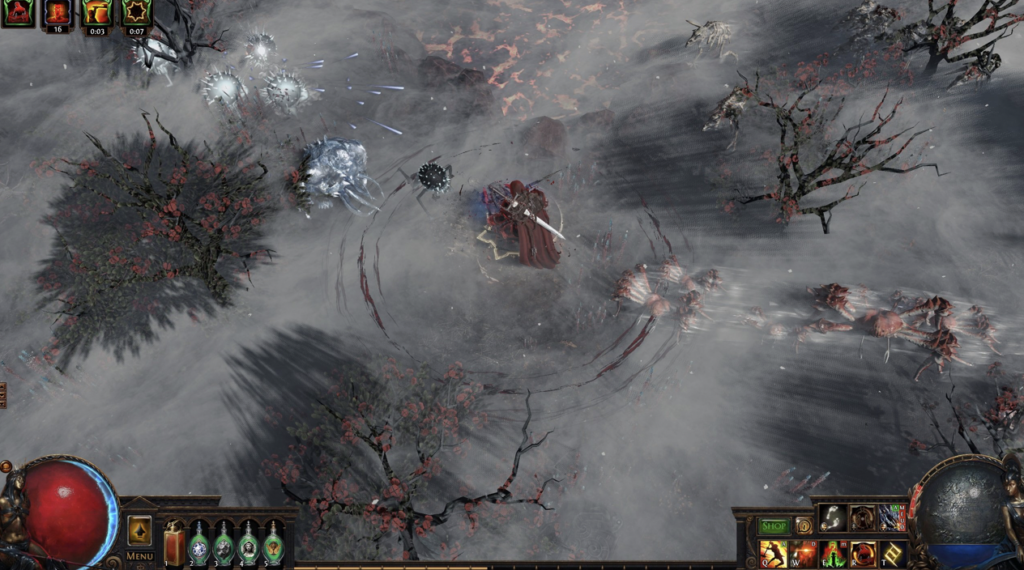

It’s a complicated web of passive abilities and stats that buff your Exile with additional dexterity, intelligence, weapon proficiencies, spell damage and countless other modifiers, broad and situational. It can be a lot to take in, but the heart of Path of Exile remains its character progression-that journey from nobody to cosmic superhero-and the absurdly huge passive skill tree that represents that growth. I get to just run around like a headless chicken, avoiding projectiles or getting swarmed by enemies, while my totems and the occasional summon do absolutely all the work. You can build a monster zoo, create your own hideout, or start fresh in a temporary world with new rules and weird twists. But Path of Exile is still full of all manner of surprises. If you’ve dabbled in other dungeon-delving romps, you’ll be familiar with the pattern of heading out into the wilderness to loot and kill-left and right clicking and hitting hotbar keys to attack and cast spells, Diablo-style-mopping up quests and becoming ludicrously powerful. It’s blessed with a unique identity-one that’s built on experimentation and constant evolution. Since 2013, however, more and more has been heaped onto it, not just taking it in a different direction from, say, Diablo 3, but from the genre in general. Path of Exile has always tried to stand apart from other modern ARPGs with its lore-soaked setting and daunting passive skill tree doing a lot of the heavy lifting.

From there, Path of Exile piles on the complexity and scope, transforming you from a shipwreck survivor into a god-killing, universe-jumping crusader. Take some time to appreciate the simplicity.

Survival means hitting wandering, bloated cadavers with driftwood until they explode. When you wash up on the shores of Wraeclast in Path of Exile’s opening moments, you’re a pitiful sight, completely lost and clad only in tattered rags.


 0 kommentar(er)
0 kommentar(er)
